Violence Issue

Why is it important to address violence against women as a human rights issue ?
Violence against women is a widespread problem that violates basic human rights and has far-reaching consequences for individuals, families, communities, and society at large. Addressing violence against women as a human rights issue is essential for upholding these basic rights, promoting gender equality, breaking the cycle of poverty and marginalization, and fulfilling our legal obligations under international law. By raising awareness about this issue and working towards creating a world where all individuals can live free from fear and violence, we can help create a more equitable and just society for all.

What are the effects of domestic violence on women's mental health ?
Domestic violence has severe and long-lasting impacts on women's mental health, including depression, anxiety, post-traumatic stress disorder (PTSD), and substance abuse. It is crucial for healthcare providers to screen for signs of domestic violence and provide appropriate support services for affected women.

How do family courts handle cases related to domestic violence and child custody ?
Family courts play a crucial role in handling cases related to domestic violence and child custody, prioritizing safety, investigating allegations, considering the best interests of the child, making custody decisions, and providing ongoing support and monitoring.

What is the relationship between climate change and gender-based violence ?
The text discusses the correlation between climate change and gender-based violence, emphasizing that they intersect in several ways. It mentions how climate change exacerbates social inequalities, making women more vulnerable to gender-based violence, such as sexual assault and harassment during displacement and overcrowding caused by natural disasters. It also points out the economic impact on women who manage household resources during scarcity, potentially leading to domestic violence due to increased stress and tension. The text further highlights how climate change can reinforce harmful gender norms, affecting men's ability to provide for their families and leading to frustration and aggression towards women. It also notes the impact of climate change on women's access to justice, as legal institutions may be disrupted or overwhelmed by climate-related disasters, making it difficult for women to report incidents of gender-based violence or seek legal recourse. Lastly, it mentions the negative impact of climate change on mental health, which can increase the risk of gender-based violence. The text concludes by emphasizing the need for a comprehensive approach to address both problems, taking into account their intersection and differential impact on various populations, to create a more equitable and just world.
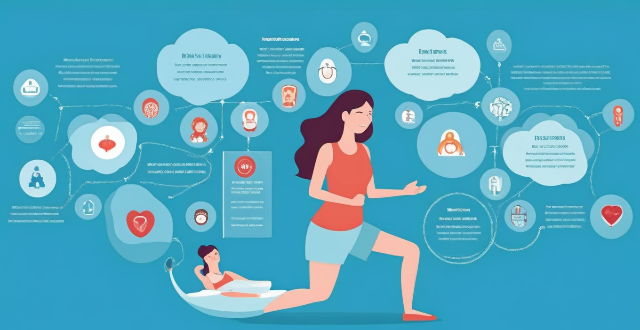
How does climate change affect women's health and reproductive rights ?
Climate change has a significant impact on women's health and reproductive rights, including increased risk of displacement, violence, and sexual assault during extreme weather events; food insecurity and malnutrition affecting reproductive health; water scarcity leading to physical injuries and reproductive health problems; air pollution causing respiratory and heart diseases as well as complications during pregnancy; and mental health issues due to stress and fear of violence. It is crucial to take action to mitigate the effects of climate change and protect the health and well-being of all people, especially those who are most vulnerable.

What are the key issues facing women's rights today ?
The text discusses the key issues facing women's rights today, including gender-based violence, lack of access to education and healthcare, economic inequality, political underrepresentation, social and cultural norms, and legal discrimination. The author emphasizes the need for a multifaceted approach to address these issues and create a more equitable world for all genders.

How can personal safety training help prevent sexual harassment and violence in the workplace ?
Personal safety training is crucial for preventing sexual harassment and violence in the workplace. It educates employees on recognizing inappropriate behaviors, understanding reporting procedures, implementing prevention strategies, building awareness, and creating a supportive culture. This training empowers individuals to maintain a safe work environment and fosters a culture of respect and professionalism.

Can climate change be considered a human rights issue ?
The text discusses the impact of climate change on human rights, focusing on health and safety, access to resources, displacement and migration, and intersectionality. It argues that climate change can be considered a human rights issue because it has the potential to violate several fundamental rights enshrined in international law. The text concludes that addressing climate change is crucial for protecting and promoting human rights globally.

Are there any international laws that protect the rights of women ?
The text discusses international laws and conventions established to protect and promote women's rights, including the Convention on the Elimination of All Forms of Discrimination Against Women (CEDAW), the Inter-American Convention on the Prevention, Punishment and Eradication of Violence Against Women, the Maputo Plan of Action, the European Convention on Human Rights (ECHR), and the Beijing Declaration and Platform for Action. These legal frameworks aim to address issues such as discrimination, violence, gender equality, health care, education, and economic resources. The effectiveness of these laws often depends on national governments' commitment to implementing and enforcing them.

How can grassroots sports programs help reduce violence and promote social cohesion ?
Grassroots sports programs play a crucial role in reducing violence and promoting social cohesion by encouraging physical activity, building teamwork skills, providing opportunities for diverse participation, promoting respect and fair play, and offering a safe space for expression. By investing in these programs, we can create stronger, more connected communities where everyone feels valued and supported.

How can we address the issue of climate refugees in a just and humane way ?
The text discusses the urgent issue of climate refugees, who are individuals forced to leave their homes due to climate change impacts like rising sea levels and desertification. It outlines a comprehensive approach to address this issue in a just and humane way, including recognizing their rights under international law, providing safe shelter and basic needs, promoting economic opportunities, strengthening international cooperation, and investing in climate change mitigation and adaptation measures. The goal is to create a more equitable and resilient world for all, including climate refugees.
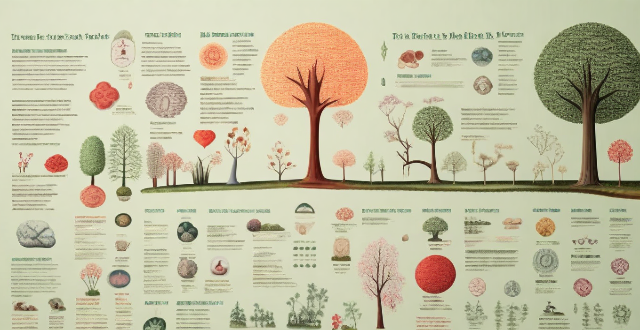
What is the relationship between climate change and environmental racism, and how can we address this issue through climate justice ?
Climate change and environmental racism are interconnected issues that disproportionately affect marginalized communities. The relationship between the two is multifaceted, involving displacement, health impacts, economic disparities, infrastructure vulnerabilities, and limited access to information and resources. To address these issues, pursuing climate justice is crucial, which involves ensuring equal representation in climate policy decisions and equitable distribution of benefits and burdens associated with climate action. Key strategies for achieving climate justice include community engagement, equitable resource allocation, health protection measures, economic opportunities, infrastructure resilience, access to information, legal protections, and global cooperation.

Are there any known issues or bugs with the latest iOS update ?
Summary: The latest iOS update has introduced several known issues and bugs, including battery drain, Wi-Fi connectivity problems, app crashes and freezes, and other minor glitches. To resolve these issues, users can try steps such as checking app usage, adjusting settings, updating apps, restarting devices, and contacting support for further assistance.
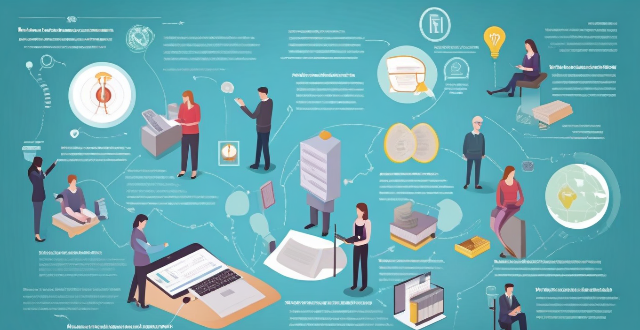
How can we address the intersectionality of climate change and gender inequality ?
Addressing the intersectionality of climate change and gender inequality requires a comprehensive approach that considers both environmental and social dimensions. Key points include recognizing the intersectionality, including women in decision-making processes, promoting gender-sensitive climate policies, supporting women's access to education and empowerment, ensuring access to sustainable energy and resources, addressing gender-based violence, and fostering collaboration and partnerships. By taking these steps, we can work towards a more equitable and sustainable future for all.

How can we address the issue of climate refugees ?
The issue of climate refugees, individuals displaced by environmental changes such as rising sea levels and extreme weather, requires urgent attention. Addressing this challenge involves raising public awareness, developing supportive policies, implementing adaptation strategies, providing financial assistance, and collaborating with NGOs. Key actions include educational campaigns, legal frameworks for protection, resettlement programs, sustainable agriculture, reforestation, fundraising, and international cooperation.

How can policymakers address the issue of immigrant integration ?
Addressing immigrant integration requires a comprehensive approach focusing on language learning, education and job training, cultural exchange, legal immigration pathways, and economic opportunities. Implementing policies in these areas can promote successful integration, enhance social cohesion, and foster economic growth.
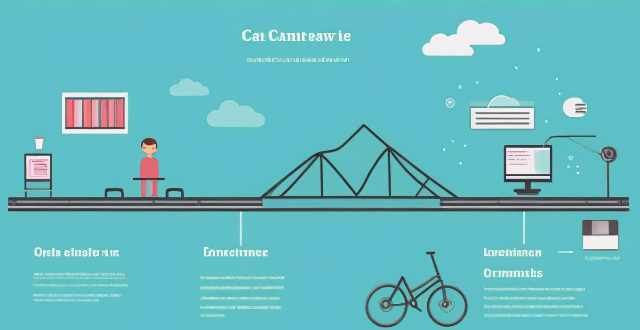
How do remote education platforms address the digital divide issue ?
The digital divide in education refers to the gap between students who have access to modern information and communication technology (ICT) and those who do not. Remote education platforms can help bridge this divide by providing affordable technology, broadband internet access, training and support, and collaborating with schools and districts. These strategies ensure that all students have equal access to educational resources and can fully participate in online learning environments.

How can we address the issue of antimicrobial resistance globally ?
The article discusses ways to address the global issue of antimicrobial resistance. The strategies include improving infection prevention and control, optimizing antimicrobial use, strengthening surveillance and monitoring systems, investing in research and innovation, promoting global access to quality medicines, and raising public awareness and engaging stakeholders.

How can climate governance address the issue of climate refugees ?
Climate change is causing people to be displaced from their homes, leading to the emergence of "climate refugees." These individuals face challenges such as lack of legal recognition, inadequate response mechanisms, resource scarcity, social integration difficulties, and economic impacts. To address this issue, a comprehensive approach to climate governance is needed, which includes developing frameworks for international agreements and legal recognition, establishing funding mechanisms, building adaptation and resilience, managing migration, empowering communities, offering skill development, ensuring access to health services, coordinating policies, and continuously monitoring and evaluating policies.

What are some successful examples of integrating gender equality into climate change initiatives ?
Integrating gender equality into climate change initiatives is crucial for achieving sustainable development and ensuring that everyone benefits from environmental protection measures. Successful examples include promoting women's participation in decision-making, incorporating gender perspectives into policies and programs, supporting women-led climate action initiatives, and addressing gender-based violence in climate displacement. These efforts not only promote social justice but also enhance the effectiveness of climate actions by harnessing the strengths and contributions of all individuals, regardless of their gender.

How does climate change affect gender equality ?
The text discusses the impact of climate change on gender equality, highlighting increased vulnerabilities for women in health, economics, and social factors. It further points out how climate change exacerbates existing inequalities through gender-based violence and educational setbacks. However, it also identifies opportunities for resilience and empowerment through resilient livelihoods, enhanced participation, and improved health and safety measures. The conclusion emphasizes the importance of addressing climate change with a gender lens to achieve sustainable development and a more equitable future.
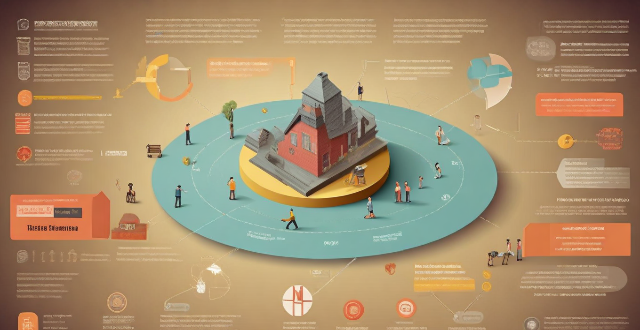
How common is it for participants to leak information about other celebrities on variety shows ?
Leaking sensitive information about fellow celebrities on variety shows is a recurring issue in the entertainment industry. The frequency of such incidents can be attributed to factors like loose lips, attempts to gain attention, misunderstanding private boundaries, and the format of the show. Consequences of leaking information include strained relationships, public backlash, and potential legal repercussions. To mitigate the issue, measures such as education and awareness, clear guidelines, editing and control, and building a safe environment can be implemented. Addressing this matter head-on can safeguard the privacy and well-being of all involved while still providing entertaining content on variety shows.
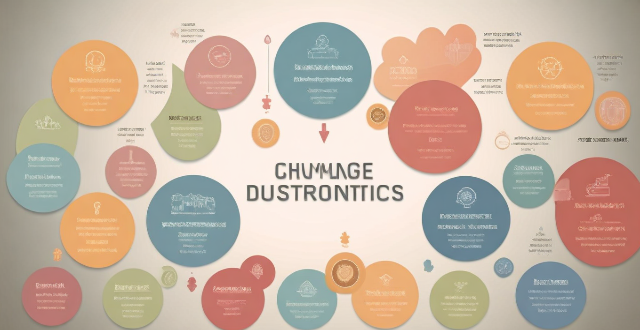
How do climate change negotiations tackle the issue of climate justice ?
Climate change negotiations address the issue of climate justice by recognizing the disproportionate impacts on vulnerable populations, promoting equitable access to resources and technologies, adhering to the principle of common but differentiated responsibilities, ensuring inclusivity in negotiation processes, addressing loss and damage, promoting sustainable development, setting long-term goals and ambitions, and maintaining accountability. These efforts aim to create a more equitable and resilient global response to the challenges posed by climate change.

How can blockchain solve the issue of supply chain management ?
Blockchain technology can revolutionize supply chain management by addressing various challenges faced by businesses. It improves visibility and traceability, reduces paperwork and manual processes, streamlines payment processes, enhances data security, and builds trust among stakeholders. With its potential to solve many of the issues faced by businesses in supply chain management, blockchain is an ideal solution for modern supply chains.

What happens if my Cross-Border Payment transaction fails ?
If your cross-border payment transaction fails, itIf your cross-border payment transaction fails, it reasons such as insufficient funds it can be due to several reasons such as insufficient funds, invalid recipient information, transfer limit exceeded, technical issues, or fraud detection. It is important to identify the reason behind it and take appropriate action to resolve the issue and complete the transaction successfully.

What actions are world leaders taking to address the urgent issue of climate change ?
World leaders are taking various actions to address the urgent issue of climate change, including setting emission reduction targets, investing in renewable energy, promoting energy efficiency, encouraging sustainable agriculture practices, supporting research and development, and fostering international cooperation.

What are the typical故障 of an internal rotor motor, and how can they be fixed ?
Overheating, bearing failure, electrical problems, mechanical wear and tear, and improper installation are common issues with internal rotor motors. Fixes include ensuring proper ventilation and lubrication, replacing worn parts, seeking professional assistance for electrical and installation issues, and regular maintenance to prevent premature failure.

What is the role of the media in shaping public opinion on issues such as doping and corruption in sports ?
The role of media in shaping public opinion on doping and corruption in sports is significant. The media can influence how people perceive and understand these issues through various ways such as framing, agenda-setting, priming, use of language and tone, and bias/objectivity. By highlighting certain aspects of an issue while downplaying others, the media can create a particular narrative that influences how people view the issue. The media also determines what issues are important and worthy of attention by deciding which stories to cover and how much attention to give them. Priming refers to the process by which exposure to certain information or ideas makes those concepts more accessible in people's minds when they form opinions or make judgments. The language and tone used by the media can also shape public opinion. Finally, the bias and objectivity (or lack thereof) of the media can shape public opinion on doping and corruption in sports. As consumers of media, it is important to be aware of these factors and critically evaluate the information we receive.
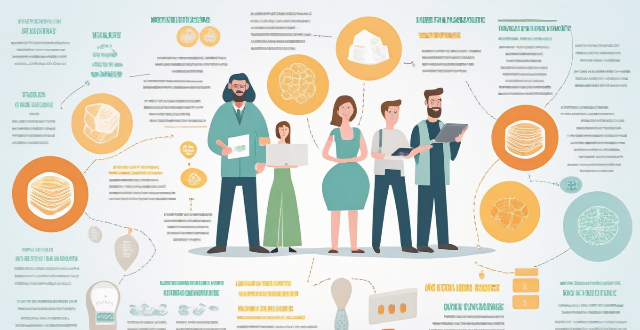
How can we address the issue of vaccine hesitancy in distribution efforts ?
Vaccine hesitancy poses a significant challenge to public health efforts aimed at controlling and preventing infectious diseases. To address this issue, strategies such as education and information dissemination, engaging with community leaders and influencers, tailoring messaging to different groups, leveraging healthcare workers, addressing misinformation, making vaccines accessible and convenient, showcasing success stories, and implementing policy measures can be employed. By employing these strategies, higher participation rates in vaccination programs can be ensured, contributing to herd immunity and the overall health of the community.